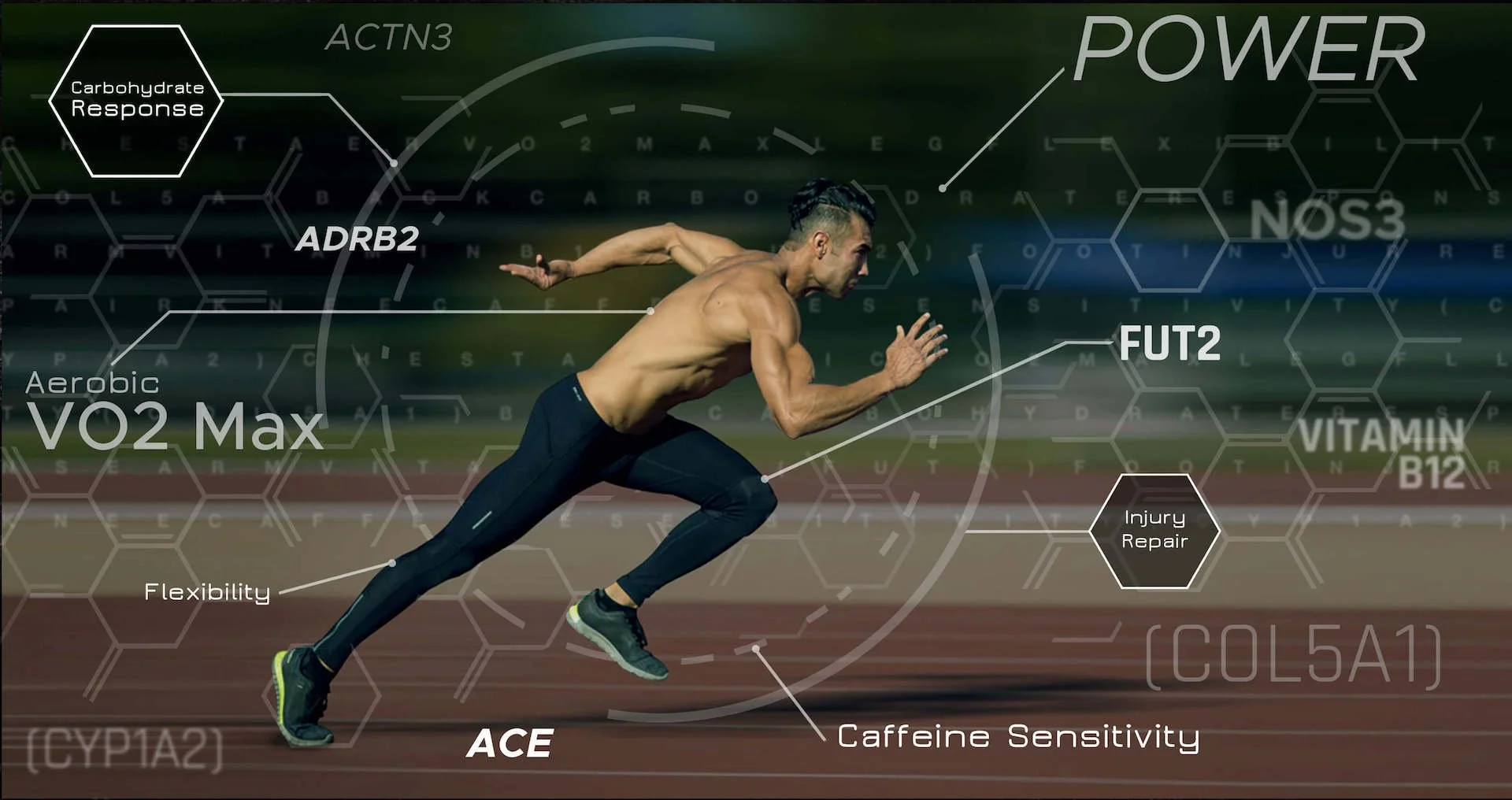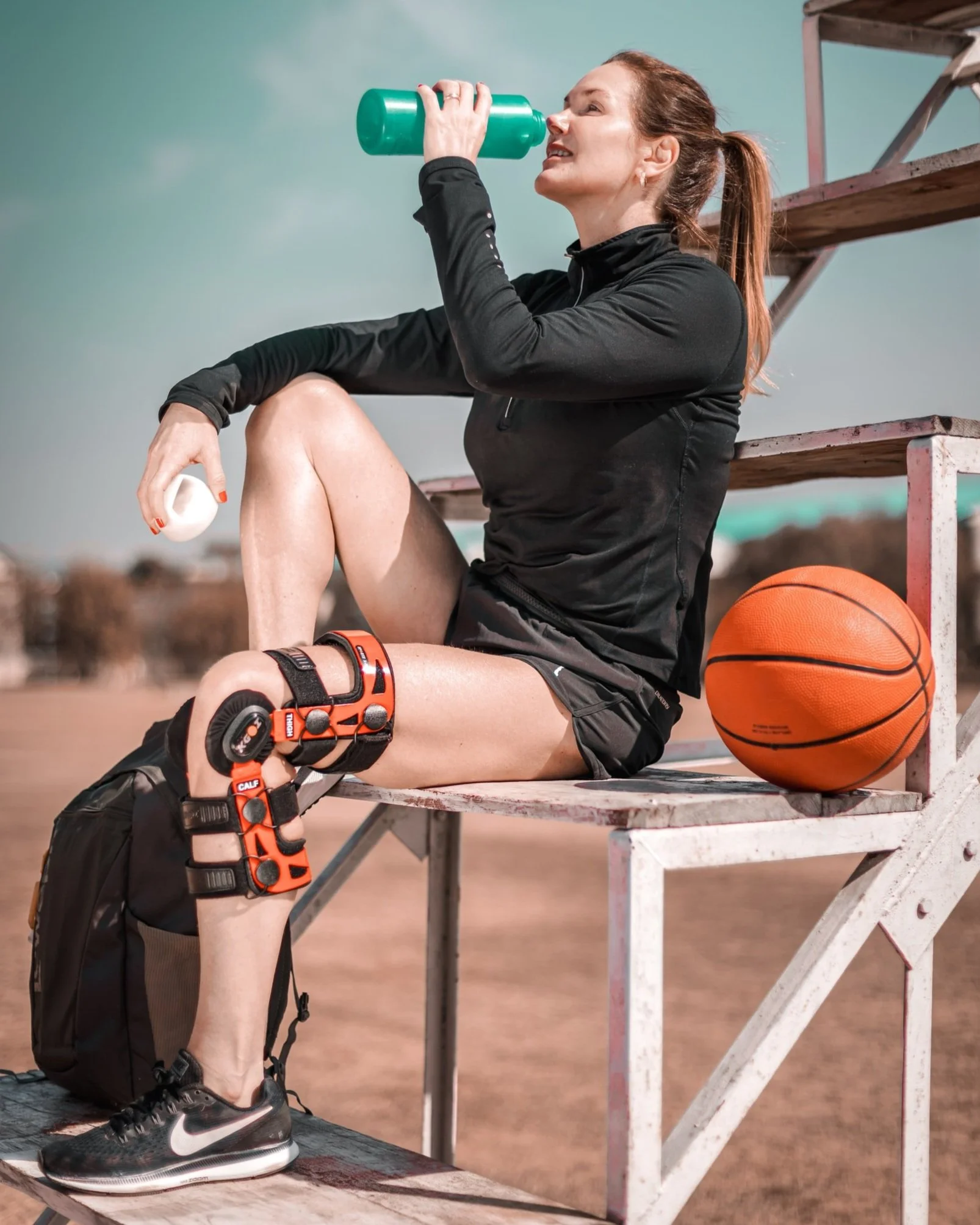A sports injury is every athletes’ worst nightmare. For professional sportsmen and women, a major injury could be the end of their career. Breaking an ankle, dislocating a shoulder or hip, or having unbearable pain in the knees could cause an athlete to lose the opportunity to gain honor, fame, and fortune in the field of sports. For individuals who engage in contact sports competition, it could be the end of an athletic dream or a means to stay fit. For many, sports is already a way of life and defines who they are. But getting sidetracked by an injury could make them lose their sense of identity and chance of a lifetime to gain glory and financial independence.
Since sports injuries are inevitable, it is very important to understand how to prevent such injuries from happening or how to administer proper treatment when they do happen.
Acute sports injuries are caused by a single traumatic event and may result from sudden movements like pulling a muscle, spraining an ankle, fracturing a wrist, and many more. A sudden forceful movement may cause damage to the muscles, tendons, ligaments, bones, or joints. Sprains and strains are the most common among acute sports injuries. A sprain is an injury to a joint and the ligaments. A sprain, on the other hand, is an injury to the muscle tendon unit. Athletic ability hampered by acute sports injuries may be regained after six to eight weeks, but it may take many months or even a surgery to regain full function of the injured body part.
Signs of an acute injury include:
Sudden, severe pain
Swelling
Inability to place weight on a lower limb
Extreme tenderness in an upper limb
Inability to move a joint through a full range of motion
Extreme limb weakness
Visible dislocation or breaking of a bone.
Overuse or chronic injuries are more subtle and may develop overtime. Training errors like rapid acceleration of intensity, duration or frequency of physical activity is the most common cause of this kind of injury. Overuse injuries may result from repetitive micro-trauma to the tendons, bones, and joints. They may also be developed from abnormal sports or physical activities like going to sports camps, working on new techniques, or being pushed over or beyond ones physical limits. Returning to normal training after a long rest may derail the training phase of the body and cause it to be prone to this kind of injury.
Signs of a chronic injury include:
Pain when performing activities
A dull ache when at rest
Swelling
Every once in a while these sports injuries may be developed. However, with proper treatment they can be back to normal in no time. It is important to consult doctors about possible treatments for various sports injuries. Common treatments for these conditions may include medication and physical therapy. Athletes who sustain sports injuries may use scientifically proven medications for pain relief like Tramadol. Tramadol is a synthetic pain reliever that has gained the approval of many doctors across the United States. It works by binding the receptors of the brain which are responsible for transmitting painful sensations throughout the body.
Several medical studies show that this medication has a low abuse rate compared to other pain relievers. In addition, Tramadol side effects are milder compared to other pain relieving drugs out in the market. These side effects may include nausea, constipation, dizziness, headache, drowsiness, and vomiting. Those who want to use pain relievers should consult their doctors before taking more potent forms of the medicine. Although Tramadol side effects are mild and bearable, it should not be used by individuals with certain health conditions and medical history. This drug may also interact with other drugs that may lead to the development of more unwanted side effects.
Rather than seeking medical attention to treat sports injuries, this condition can be prevented by properly engaging in sports training and competition. A well-planned training program which includes flexibility training and warm-up exercises may lessen the development of injuries.




